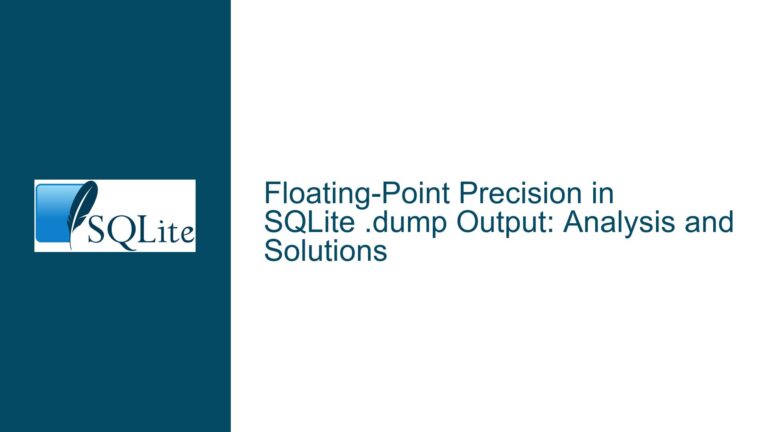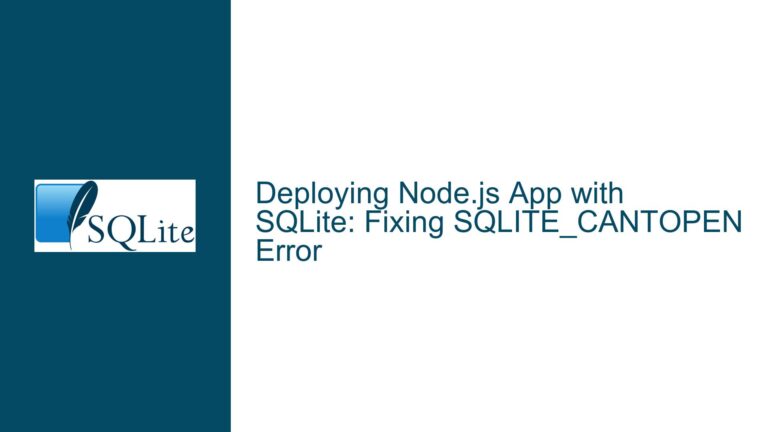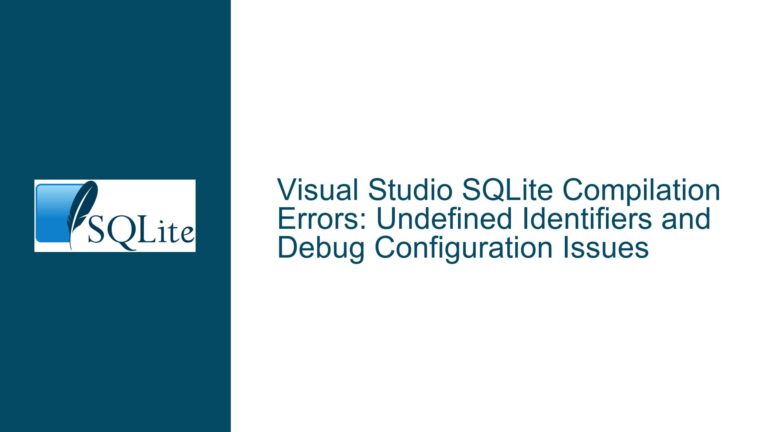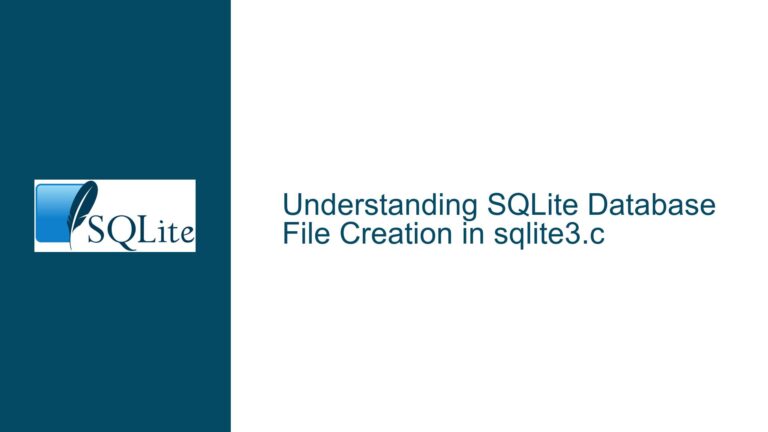SQLite’s Public Domain Philosophy and TH3’s Licensing Model
SQLite’s Public Domain Commitment and TH3’s Proprietary Nature
SQLite is a unique database engine in the software world, not just for its lightweight and embedded nature but also for its philosophical stance on software freedom. The SQLite source code is released into the public domain, meaning it is free for anyone to use, modify, and distribute without any restrictions. This decision is rooted in the values of the SQLite developers, particularly Dr. Richard Hipp, who has consistently emphasized the importance of sharing knowledge and tools freely for the greater good. The blessing at the top of the sqlite3.h file encapsulates this philosophy: "May you do good and not evil. May you find forgiveness for yourself and forgive others. May you share freely, never taking more than you give."
However, TH3 (Test Harness #3), SQLite’s comprehensive testing framework, is not released into the public domain. TH3 is a proprietary tool developed by the SQLite team to ensure the reliability and robustness of SQLite. It is a highly specialized testing suite designed to validate SQLite’s behavior under a wide range of conditions, including edge cases and error scenarios. The decision to keep TH3 proprietary is primarily driven by practical considerations. The SQLite developers need to sustain themselves financially, and TH3 serves as a revenue-generating product for those who require the highest levels of assurance in SQLite’s correctness.
This dichotomy between SQLite’s public domain status and TH3’s proprietary nature raises questions about the philosophical and practical values guiding the SQLite project. While SQLite itself is a gift to the world, TH3 represents a necessary compromise to ensure the project’s sustainability. Understanding this balance is crucial for anyone looking to learn from SQLite’s development practices or apply its testing methodologies to their own projects.
The Role of TH3 in SQLite’s Testing Ecosystem
TH3 is not the only testing tool used by the SQLite team, but it is the most rigorous and comprehensive. SQLite employs a multi-faceted testing strategy that includes public domain tests, such as the TCL-based test suite, as well as proprietary tools like TH3. The TCL tests are freely available and provide a solid foundation for understanding how to write effective unit tests for a database engine. These tests are part of the SQLite source code distribution and can serve as a valuable resource for developers looking to implement similar testing strategies in their own projects.
TH3, on the other hand, is designed to go beyond standard unit testing. It is a specialized framework that simulates a wide range of operating conditions, including low-memory environments, disk I/O errors, and other edge cases that are difficult to reproduce in typical testing scenarios. TH3 is particularly valuable for organizations that require formal verification of SQLite’s behavior, such as those in the aerospace, defense, or medical industries. These organizations are willing to pay for the additional assurance that TH3 provides, and this revenue helps support the ongoing development and maintenance of SQLite.
The existence of TH3 does not diminish the value of SQLite’s public domain testing tools. Instead, it complements them by addressing the needs of a specific subset of users who require a higher level of confidence in SQLite’s reliability. For most developers, the public domain tests are more than sufficient for understanding SQLite’s behavior and ensuring the correctness of their own applications. However, for those who need to validate SQLite’s behavior under extreme conditions, TH3 offers a level of testing that is unmatched by any other tool.
Applying SQLite’s Testing Philosophy to Your Own C Projects
If you are starting a C project and looking to implement a robust testing strategy, SQLite’s approach to testing offers valuable lessons. While TH3 is highly specific to SQLite and may not be directly applicable to your project, the principles behind its design can be adapted to your needs. The key takeaway from SQLite’s testing philosophy is the importance of designing for testability from the outset. This means thinking about how your code will be tested as you write it, rather than treating testing as an afterthought.
Test-driven development (TDD) is one approach that aligns well with this philosophy. In TDD, you write tests before you write the code that implements the functionality. This ensures that your code is designed to be testable and that you have a clear understanding of the expected behavior before you start implementing it. While TDD can be challenging to adopt, especially if you are new to it, the benefits in terms of code quality and maintainability are well worth the effort.
In addition to TDD, you can also draw inspiration from SQLite’s use of public domain tests. The TCL-based test suite included with SQLite is a great example of how to write comprehensive unit tests for a complex system. These tests cover a wide range of scenarios, from basic functionality to more advanced features, and they are designed to be run automatically as part of the build process. By studying these tests, you can gain insights into how to structure your own tests and ensure that they provide adequate coverage for your code.
Finally, it’s important to recognize that testing is not just about finding bugs; it’s also about building confidence in your code. SQLite’s multi-faceted testing strategy, which includes both public domain tests and proprietary tools like TH3, is designed to provide this confidence at multiple levels. While you may not need the same level of rigor as TH3 for your project, the underlying principle of designing for testability and using a variety of testing techniques is something that can be applied to any project, regardless of its size or complexity.
Conclusion
SQLite’s public domain philosophy and TH3’s proprietary nature represent a carefully balanced approach to software development. On one hand, SQLite is a gift to the world, freely available for anyone to use and modify. On the other hand, TH3 is a specialized tool that provides the highest levels of assurance for those who need it, while also supporting the ongoing development of SQLite. Understanding this balance is key to appreciating the values that guide the SQLite project and applying its lessons to your own work.
For developers starting a new C project, SQLite’s testing philosophy offers valuable insights into how to design for testability and build confidence in your code. While TH3 may not be directly applicable to your project, the principles behind its design and the public domain tests included with SQLite can serve as a foundation for your own testing strategy. By adopting these principles and techniques, you can create a robust and reliable codebase that stands up to the demands of real-world use.






